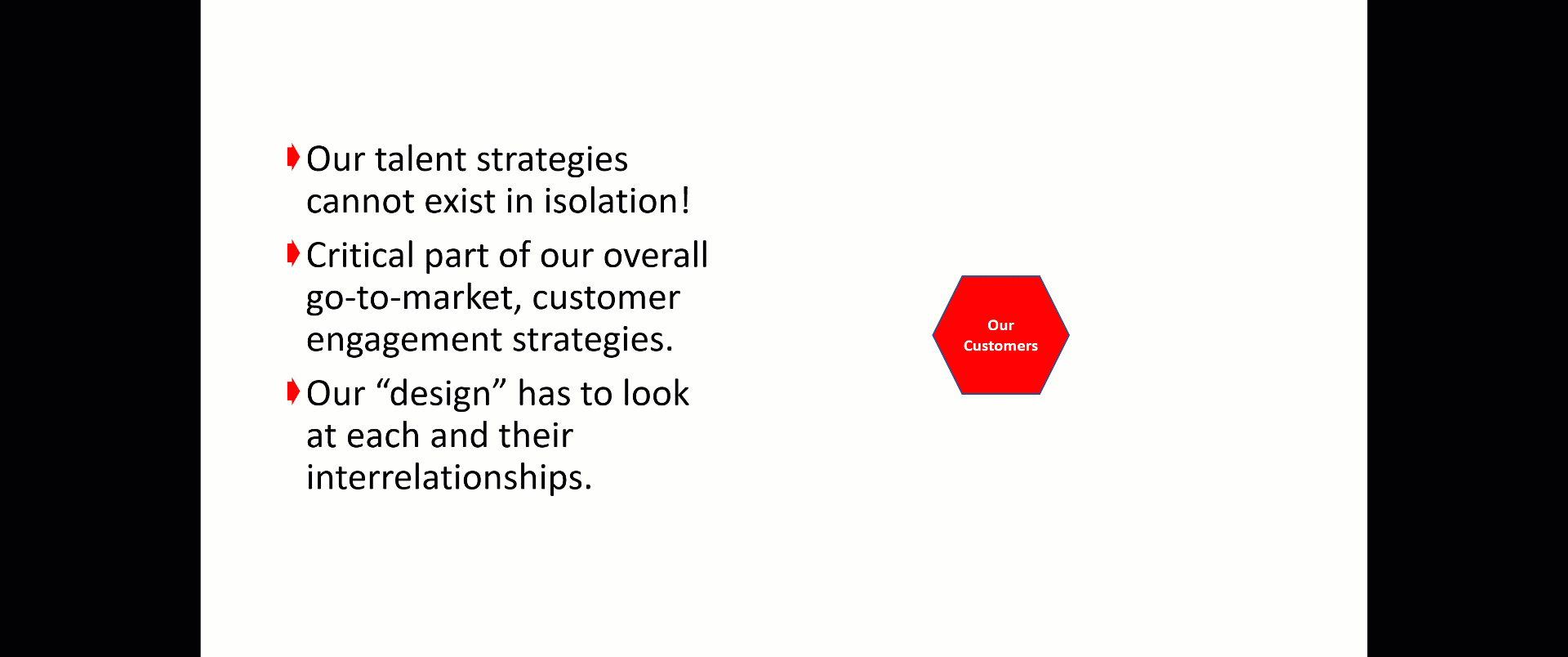If you haven’t sensed it yet, I think Sales Talent will probably be “THE” issue confronting sales executives in the coming 3-5 years. In some sense, we’ve tried everything else–technology, sales enablement, incentives, wishful thinking–yet sales results continue to plummet.
The old maxim, “selling is about people,” has never been more true, but in a context that is much broader than that mentioned by that of this old maxim. We can’t engage our customers, helping them solve their problems or achieve their goals unless we have people with the mindsets, behaviors, attitudes, skills and competencies to help our customers in the ways that are most helpful. Increasingly, that has little to do with what we sell, but more in how we help our customers buy and achieve their goals. (The Coming Sales Talent Crisis)
We can’t afford to invest in developing the skills of our people to do these things unless we create meaningful work and workplaces that attract and retain the people we need. (The Coming Sales Talent Crisis, Part 2).
If we address this as just a talent issue, we will also fail to achieve our full potential in engaging our customers and growing our businesses. Our talent strategies are really part of an overall set of strategic and design choices we make. We are constantly trading off different aspects of those choices to optimize what we are trying to achieve in executing our corporate strategies in the face of our customers.
In reality, we are looking at the interaction of any number of components of our overall “Got To Market Design,” as illustrated below

Stated differently, we can’t solve the talent challenge by focusing on talent alone. Talent is a critical element of our overall “Go To Market Design.” We have to constantly look at each of the “pieces/parts,” making trade-offs among them for what best enables us to achieve our goals and objectives.
Too often, we stick with what we always have done, not recognizing that our company, markets, customers, and strategies have changed. What has worked in the past, will no longer work, we have to change.
Alternatively, we emulate our competition—if it works for them, surely it must work for us. This is a strategy of laziness and incompetence.
In reality, because our strategies, priorities, goals are unique to us, we must develop and implement those strategies that best enable us to achieve what we want to do and position us for sustained growth. We must continue to re-evaluate everything we do, adjusting to achieve our goals.
As we look at complex systems, like the that outlined above, clearly, to make them manageable, we have to break them down, working on components, like our talent strategies. But when we look at each of these components, we must recognize decisions we make in one area will have impacts in others. We have to continually test everything we do against the “whole,” if we are to optimize our overall Go To Market Design.
Talent will be a cornerstone for our future designs. Selling is always about people. We do our best in selling when we recognize how important talent is to everything we do.



